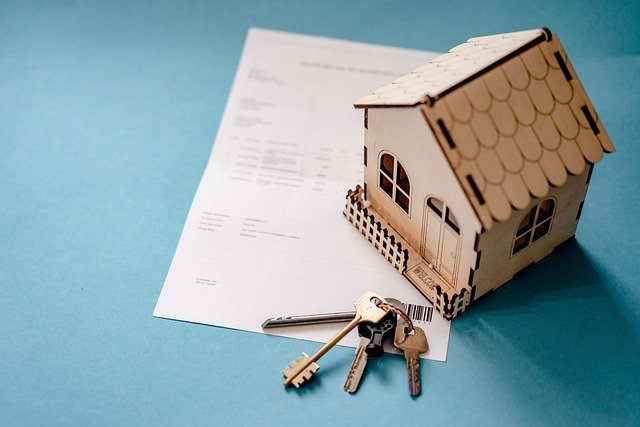Shifting Sands: Understanding the Role of Pop-up Real Estate in Today's Market
Introduction: In an era where change is the only constant, the real estate market is no exception. One emerging trend is pop-up real estate – temporary spaces rented out for various purposes. This concept is shaking up traditional real estate norms, creating new opportunities and challenges for investors, buyers, and sellers. This article delves into the intricacies of this trend, its potential implications, and the strategies needed to navigate it effectively.

A Brief History of Pop-up Real Estate
Pop-up real estate isn’t entirely a new concept. It traces its roots back to the 1990s when pop-up stores became a popular marketing strategy. Businesses would rent a space temporarily, usually in high-traffic areas, to sell their products or services. Over time, this concept evolved and spread to other areas of real estate, such as office spaces, restaurants, and even living spaces.
Pop-up Real Estate Today: Market Insights
The pop-up real estate market has been steadily growing, especially in urban areas. With the rise of remote work and the gig economy, many businesses and individuals are seeking flexible, temporary spaces that accommodate their changing needs. Pop-up real estate caters to this demand, offering short-term leases and adaptable spaces.
The Advantages and Challenges of Pop-up Real Estate
Pop-up real estate presents several advantages. For tenants, it offers flexibility and lower costs compared to long-term leases. For property owners, it can generate income from otherwise vacant spaces. It also allows for testing new markets and locations without significant investment.
However, it also presents challenges. The transient nature of pop-up real estate can lead to instability and unpredictability. Legal and insurance issues can also arise due to the temporary nature of the leases.
The Impact of Pop-up Real Estate
The rise of pop-up real estate is redefining the way we view property ownership and usage. It challenges the traditional long-term lease model and introduces a more fluid, adaptable approach. This trend could potentially impact property values, rental rates, and even city planning strategies.
Navigating the Pop-up Real Estate Landscape
Successful navigation of the pop-up real estate market requires a clear understanding of its dynamics. Investors and property owners need to be aware of the legal and financial implications of short-term leases. They should also keep abreast of market trends and consumer demand to identify potential opportunities.
In conclusion, pop-up real estate represents a significant shift in the property market. Its rise reflects the changing needs of businesses and individuals in today’s fast-paced, flexible economy. By understanding this trend and its implications, investors, buyers, and sellers can make more informed decisions and optimize their real estate strategies.




